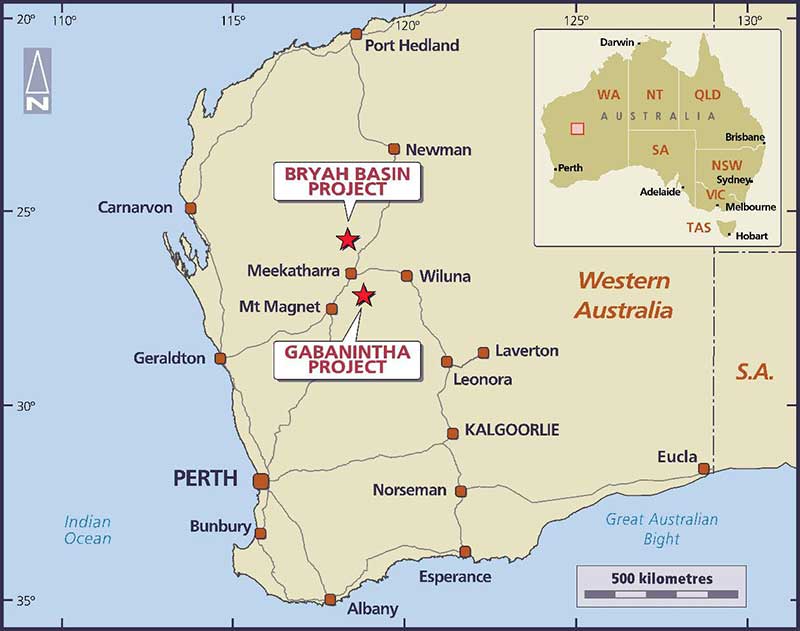Steel and battery demand drives Bryah Resources to buy former manganese mine
Mining
Mining
Bryah Resources might buy a mine in Western Australia that was once the biggest producer of manganese in its region.
The junior explorer (ASX:BYH) has secured a one-year exclusive option to buy a mining lease that covers the historic Horseshoe South mine in the Bryah Basin (see map below).
About 90 per cent of manganese goes into steel-making, but it’s increasingly used in next-generation battery and power storage applications.
Global demand has climbed from 11 million tonnes in 2009 to 18 million tonnes in 2016 — and it’s expected to hit almost 20 million this year.
“The Horseshoe South manganese mine has been the largest manganese mine in the Bryah Basin, producing about 1 million tonnes of manganese ore, and we believe that there is potential to breathe life back into the old mine,” boss Neil Marston told investors.
Bryah’s interest in the mine stems from the fact that just 1km south of Horseshoe South, production of manganese has started at the Horseshoe Flats mine.
The company added manganese to its cache after uncovering high grades of the steel-making material and battery metal at its Bryah Basin project earlier this year.

Bryah listed as a copper and gold explorer in October last year after it was spun out of Australian Vanadium (ASX:AVL).
High grade manganese of up to 48 per cent has been uncovered in recent rock chip sampling at the Horseshoe South mine.
There is also 215,000 cubic metres of manganese stockpiles left on site that Bryah could capitalise on.
“There’s been some historical work done that has identified 34 per cent manganese product could be produced just by screening the old stockpiles,” Mr Marston told Stockhead.
“When that work was done 15 years ago the price for 34 per cent manganese wasn’t very good, but these days it’s trading quite readily on the market.
“I’ve certainly had approaches to supply that sort of a product into the market and you’ll get a reasonable price for it. So it’s a low risk, early cash flow scenario that we’re looking at and that’s why we are doing some test work this week.”
Demand for cheaper batteries drives manganese
The manganese market had bounced back strongly in the past year and momentum was expected to continue, driven partly by demand among battery makers, Mr Marston said.
“The expectations around the steel market are going to see positive growth going forward,” he explained.
“[But] there’s also growing demand for manganese in the battery metals space. Manganese, compared to cobalt or nickel, is a very cheap commodity to use in energy storage.
“Battery manufacturers are trying to find a way to keep the cost of new generation batteries down. So one of the key commodities they are looking at using more of in the next generation batteries is manganese.”